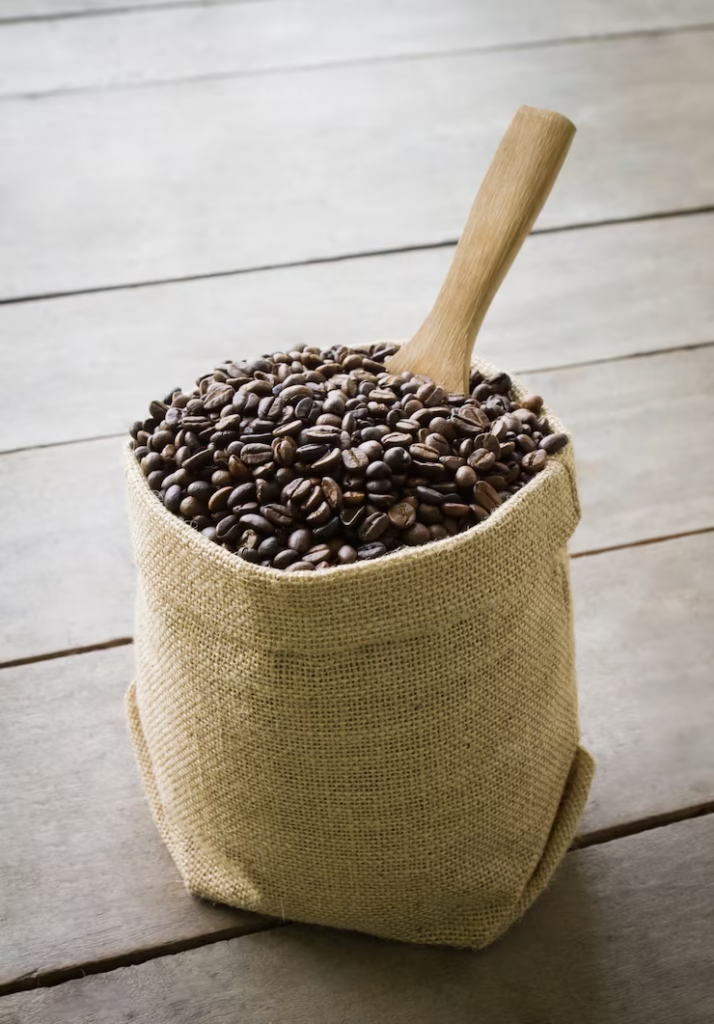
Here’s a detailed blog-ready section on Robusta coffee (Coffea canephora) in the Indian context—perfect as a standalone feature or as a complement to your Arabica post:
💪 Robusta Coffee in India: Bold, Strong, and Underrated
What is Robusta Coffee?
Robusta (Coffea canephora) is the hardier cousin of Arabica, known for its strong flavor, higher caffeine content, and ability to grow in warmer, more humid climates. While often overshadowed by Arabica in specialty circles, Robusta plays a vital role in Indian agriculture, economy, and coffee culture.
India is one of the few countries that excels in producing both Arabica and high-quality Robusta, with a growing appreciation for its unique strengths.
🌱 Characteristics of Robusta Coffee
Flavor: Strong, earthy, sometimes bitter with chocolate, woody, or nutty notes
Caffeine: Higher than Arabica (~2.2–2.7%)
Body: Full-bodied, excellent crema (great for espresso)
Altitude: Grows well at lower elevations (200–800 meters)
Plant Resilience: More resistant to diseases, pests, and climate stress
📍 Where is Robusta Grown in India?
Robusta thrives in India’s lower-altitude, humid regions and is a major contributor to national coffee output, especially for instant coffee and espresso blends.
Key Robusta-Growing Regions:
Coorg (Kodagu), Karnataka – Largest Robusta-producing region in India; bold, earthy beans
Wayanad, Kerala – Known for organic and sustainable Robusta farms
Chikmagalur (low elevation areas), Karnataka – Mixed farms with both Arabica and Robusta
Palakkad & Idukki, Kerala – Fruity and nutty notes in high-quality Robustas
Andhra Pradesh & Odisha (Eastern Ghats) – Increasing Robusta production from tribal communities
🌾 Varieties of Robusta in India
While Robusta doesn’t have as many widely recognized varietals as Arabica, India has developed several cultivars focused on yield, disease resistance, and quality:
CxR – Hybrid of Coffea congensis and Robusta; known for yield and cup improvement
S274 – Traditional Indian Robusta with strong body and resilience
Peridinia & Chandragiri – Regional strains used by progressive estates
🧪 Processing & Flavor Profiles
Robusta beans are typically:
Natural (dry) processed – Sundried with the cherry intact; gives a stronger, more rustic flavor
Monsooned – Like Arabica, Robusta beans are sometimes aged during monsoons for mellow flavor and lower acidity
Some progressive estates are now experimenting with:
Washed Robusta – Cleaner cup, brighter notes
Fermentation and honey processes – Bringing out hidden sweetness and complexity
☕ Robusta in the Cup
Robusta is often used in:
Espresso blends – Adds body, depth, and rich crema
Filter coffee (South India) – Mixed with Arabica and chicory for a bold, punchy brew
Instant coffee – The high caffeine content and ease of solubility make it a staple in the industry
🏅 The Rise of Specialty Robusta in India
A new wave of specialty Robustas is challenging old assumptions:
Some estates in Wayanad and Coorg are producing washed, single-origin Robusta that score above 80 on the SCA scale
Specialty roasters like Black Baza Coffee and Third Wave Coffee are incorporating high-grade Robusta in select blends
⚖️ Arabica vs. Robusta in India: A Quick Comparison
| Feature | Arabica | Robusta |
|---|---|---|
| Flavor | Smooth, fruity, acidic | Bold, earthy, bitter |
| Caffeine | 1.2–1.5% | 2.2–2.7% |
| Altitude | High (1000–2000m) | Low (200–800m) |
| Plant resilience | Sensitive | Hardy |
| Price | Higher | Lower |
| Common use | Specialty, black coffee | Instant, blends, espresso |
☕ Why Try Indian Robusta?
If you enjoy a bold, high-caffeine coffee or love the crema in your espresso, Indian Robusta deserves your attention. Its strength, resilience, and evolving cup profile make it an unsung hero of the Indian coffee scene.
Would you like to combine this Arabica vs. Robusta content into a comparison infographic or include it as a downloadable educational PDF for your readers?

